Surface Finishing Technology Utilizing Sandblastin...
14 Feb 2025
 MON to SAT - 8AM - 6PM
MON to SAT - 8AM - 6PM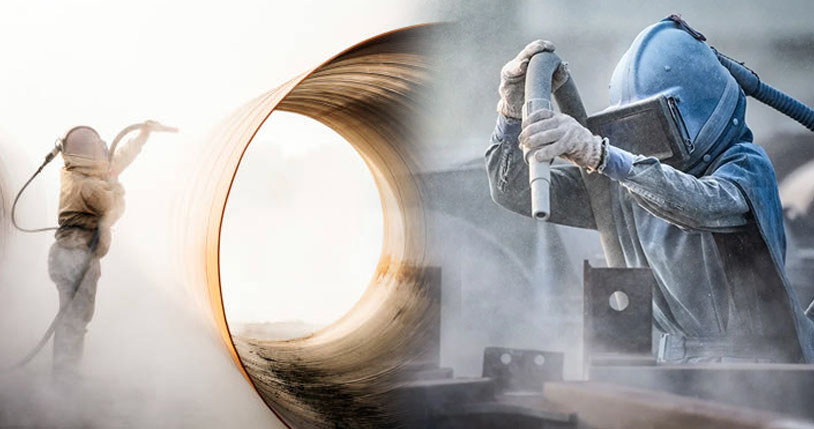
Dec
2021
Sandblasting and abrasive blasting are popularly known as traditional methods used in various industrial applications across the globe. There is a constant debate on the difference between the two blasting techniques which eventually led to more and more applications of them both in various industrial fields. Blasting techniques are extremely useful operations for a wide set of applications and industrial procedures. Even the sand blasting machine Dubai offers is entirely quality and work output based. The blasting techniques are used extensively for cleaning, prepping, paint removal and shot-peening. Especially in the auto industry and in a range of industrial applications, a good amount of skill and safety training are required to effectively implement the operations of blasting techniques.
Sandblasting techniques have been implemented in the commercial world from a very long time as it effectively performs multiple cleaning and shaping properties on the surface of any material. In sandblasting, a high speed stream of aluminium oxide particles are forcibly transferred by compressed air in order to remove unwanted oxides and other undesired contaminants. An American inventor from Pennsylvania named Benjamin Tilghman was the one who introduced the first sandblasting machine, thus bringing the concept of sandblasting to light. This first machine was from onwards used in a range of industrial cleaning and shaping purposes. Sandblasting also gained popularity as it became an easy and conventional method of surface cleaning, glass etching and sharpening of metal.
Abrasive blasting is a procedure of blasting in which pressurized liquid is propelled as an abrasive. There are different types of abrasive blasting such as shot blasting, bead blasting, soda blasting, wet blasting, micro blasting and wheel blasting. Abrasive blasting is now widely used for the purposes of surface coating, metal finishing, automotive purposes and many other areas of industrial as well as technical applications. There is only one disadvantage of abrasive blasting as it does not remove any oil or grease. It is effective in removing rust, unwanted old and undesired shape of the surface.
The major difference in sandblasting and abrasive blasting lies in the type of abrasive used in both the techniques. Sandblasting is now calculated as one of the most effective ways of cleaning glass as well as sharpening metal tools. At the earlier times, silica sand was the most popularly used blasting media. After many applications, many health problems especially lung disorders started to appear in people exposed to silica. This led to the replacement of silica with steel grit, coal and steel shot.
There are three main components of sandblasting which are the blaster nozzle, abrasive and air compressor. In the sandblasting equipment, the sand and air mixture travels through a hand-held nozzle which is faced towards the surface. There are many sand blasting machine supplier in UAE that provide quality sandblasting machine
The concept of sandblasting is based on the fact that it is a surface finishing process in which a powered machine is used along with an air compressor and a sandblasting machine. The abrasive particles are later sprayed under high pressure against a materialistic surface wherein the surface is blasted with sand particles. The smoothness and even surface of the material surface is created when sand particles strike the surface. Sandblasting initiates the abrasive sand properties to create a smooth surface and also remove unwanted or undesired texture of any materialistic surface.
The technique of sandblasting utilizes pressurized air for hurtling a beam of tiny projectiles. There are mainly two components which play a keen role in this procedure- the blast pot and the pressurized air intake. The blast media is held by the blast pot which through a set of valves forwards the media downward. In order to prevent the chamber converting itself into a pressure bomb, the amount of air entering must escape at the same rate it enters for which we utilize the abrasive trap. This trap is well known for catching the abrasive media.
The technique of abrasive blasting involves the use of air or water in order to propel the abrasive media against a materialistic surface for the purpose of removing corrosion, coating and any sorts of surface contamination. Abrasive blasting implements a grit of sand sized particles which are accelerated with compressed air in order to transfer a group of high velocity particles which promotes the cleaning of materialistic surfaces. This blasting process is used in a wide array of applications in order to remove any undesired or unwanted surface deposits. The process of abrasive blasting is also used for cleaning different sorts of materials with the correct usage of the right blasting media.
In today’s industrial advancements, both abrasive blasting and sandblasting are used extensively. Sandblasting and abrasive blasting come hand in hand as both are widely used across the globe for commercial and industrial applications. Abrasive blasting may occur in different forms such as bead blasting, soda blasting and shot blasting. This process uses high pressure propulsion of a steam of abrasive material with great force onto the surface of a material. Each application of abrasive blasting requires a blasting media which is the accumulated use of different types of blasting materials. Truly speaking, both of these blasting processes work towards the removal of the surface or top layer of a material, but the main difference lies on the type of blasting media used in the processes.
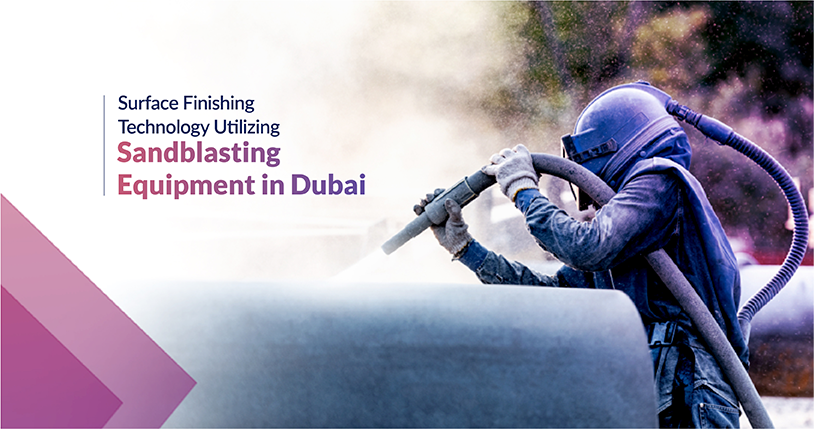
14 Feb 2025
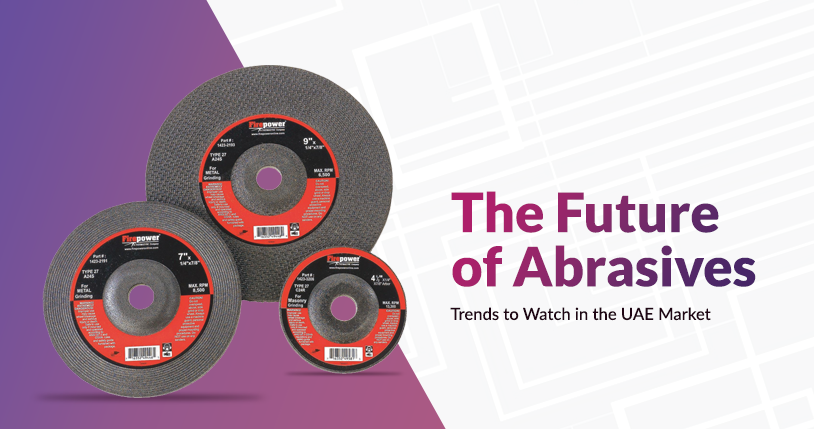
23 Jan 2025
.jpg)
17 Dec 2024
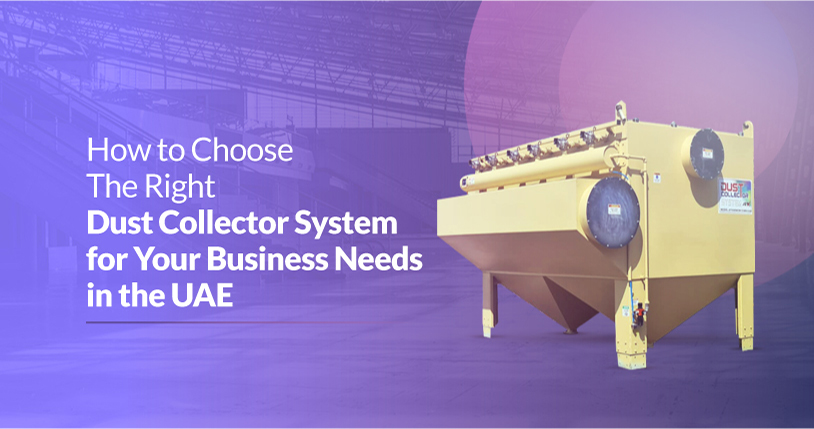
20 Nov 2024
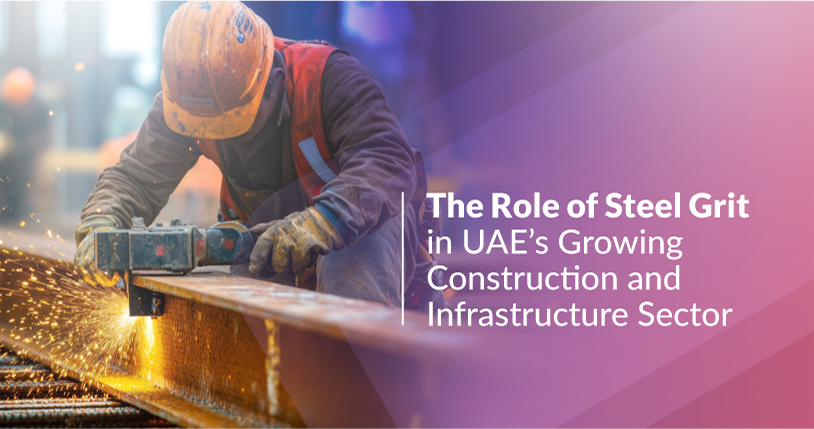
18 Oct 2024